Deceiver
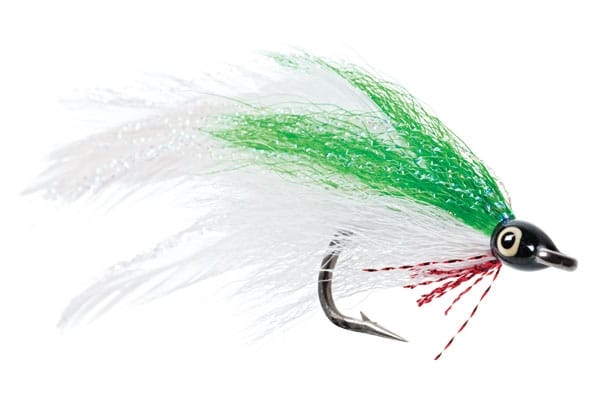
Today Lefty’s Deceiver is almost as recognizable as Lefty himself. Lefty developed the pattern in the 1950s for stripers, originally designing it to alleviate the hassle of untangling the feather wings that were common at the time. The addition of bucktail helped keep the fly from fouling and gave it an irresistible profile.
Gotcha

There are plenty of proven patterns out there, but no matter what bonefish destination you travel to, it would be tough not to bring along a few Gotchas. We told the story of Jim McVay’s accidental milestone pattern. McVay was searching high and low for a particular material to create the wing for a new fly he was working on, and he found the missing link in the carpeting of a Bahamian taxicab. Now the pattern’s an iconic fly for an iconic fish.
Merkin
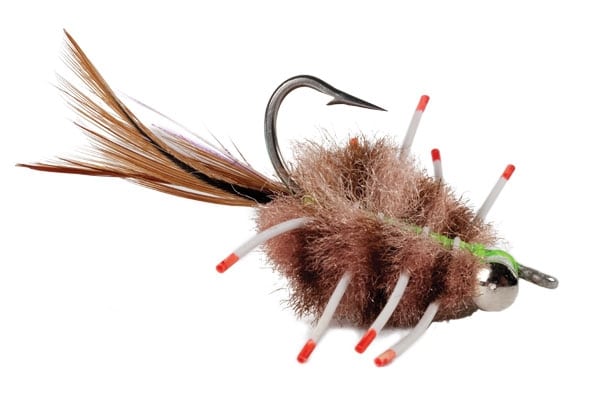
Permit are considered one of the most difficult species to fool with a fly. We ran a piece about Del Brown – the man who invented a fly that consistently dupes these finicky fish. The Del Brown Permit Fly, aka the Merkin, was developed out of necessity. He loved fishing for permit but couldn’t spin deer hair, which was a common method used in creating early permit flies. He decided to simplify the process by teasing out yarn to create the body, and lo and behold, he turned out a masterpiece.
Peanut Butter
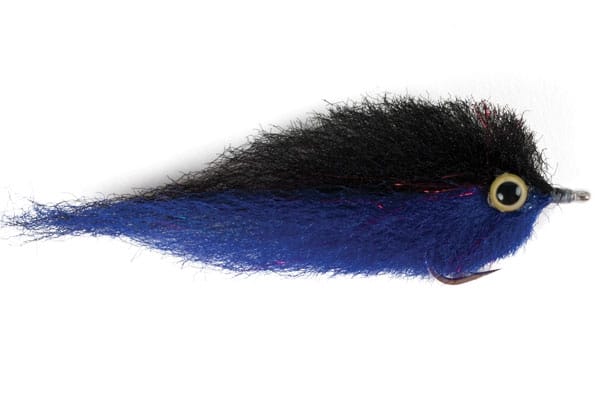
Enrico Puglisi is an innovator in both the tying methods and the materials he uses in his patterns. The Peanut Butter, aka the Peanut Bunker was intended for striped bass, but it didn’t take long at all for anglers to report success with it on other species.
Toad
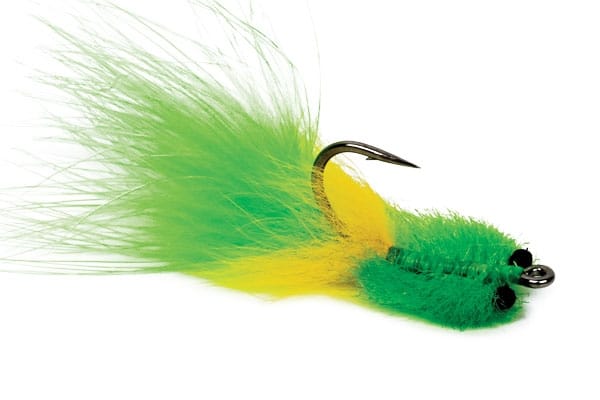
Harry Spears originated this fly for bonefish, and it wasn’t used for tarpon until Gary Merriman tied it on a larger hook and in a larger scale. At first glance you might think, I’m not using that! But try it once, and you’ll be hooked.
Seaducer
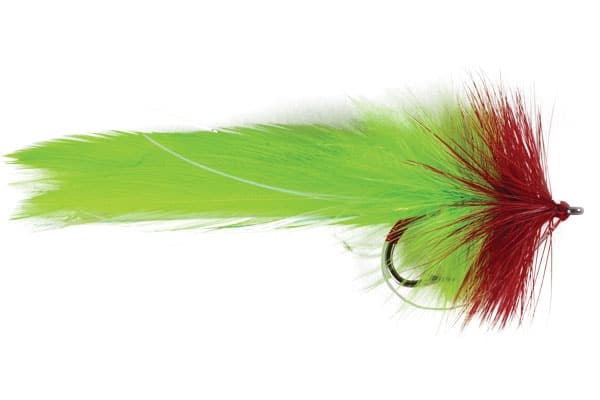
While some flies catch more fishermen than they do fish due to complicated designs, the Seaducer’s simplicity is its most alluring quality. The Seaducer is described as a fly that undulates and dances to fool just about any fish that swims. The Seaducer was developed in the 1800s for bass and was later popularized by the late saltwater fly-fishing pioneer Homer Rhodes, who used it to fish for snook and tarpon along the Tamiami Trail, in South Florida.
Candy Series
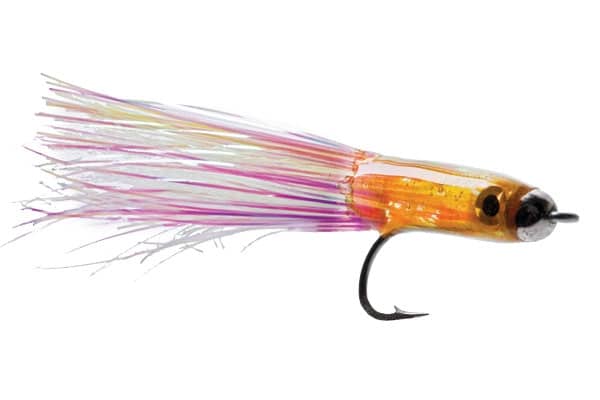
There are tiers who are hellbent on tying pretty, complicated flies, and then there are those who embrace innovation. Bob Popovics is a tier in the latter camp. His Candy series is still one of the most popular styles for anglers pursuing striped bass and bluefish.
Clouser Deep Minnow
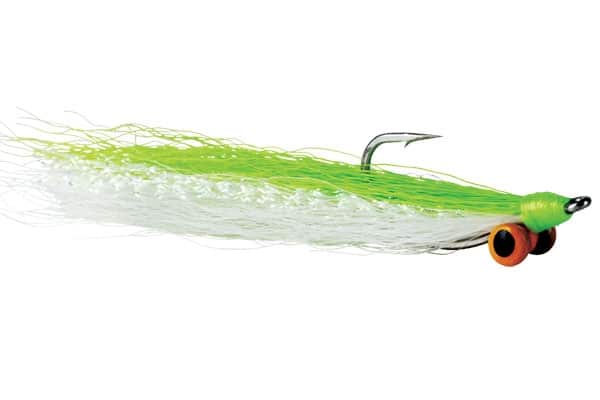
It has been deemed by many as “the most universal saltwater fly available today.” It was designed in 1985 for smallmouth bass, and the only changes to the pattern have been its intended use. This fly was credited for catching at least 85 different species of fish and counting.
Crease Fly
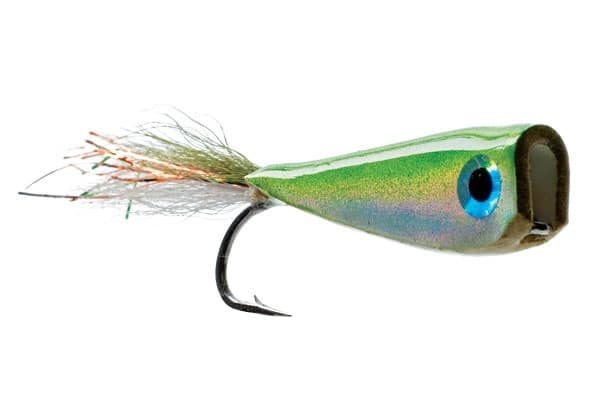
When fish are in a frenzy, a Crease Fly will generate jaw-dropping strikes. It’s not a popper per se, but it does have similar attributes. It floats on the surface, and with subtle twitches, it will pop and gurgle until a hungry fish can’t take it anymore. Crease Flies are a great alternative to poppers, especially in backcountry areas such as Pine Island, Florida.









